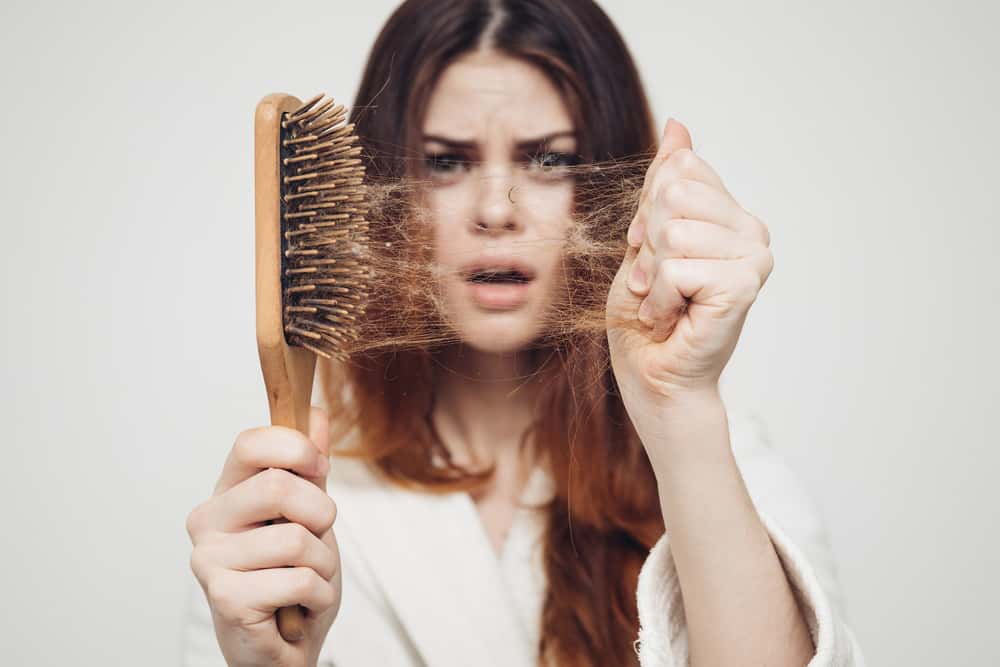The best way to think of the way hair grows is to picture a garden. How well it grows is completely a result of what is happening “underground.”
“Like a garden,a normal hair cycle should lead to a product, which is the hair,” says Wendy Roberts, MD, a dermatologist at a private practice in Rancho Mirage, Calif. “Growth cycles are important because when they go awry, that is one of the reasons we have hair loss.”
And things that interfere with the cycle — like medication, illness, infection, or chemicals — have the potential to stop hair from being formed properly.
“It’s a very dynamic place and anything that can get the cycle off can cause hair loss,” Roberts says.CONTINUE READING BELOW
Although hair loss may seem like a more prominent problem in men, women are nearly as likely to lose, or have thinning, hair. Most women notice it in their 50s or 60s, but it can happen at any age and for a variety of reasons.
Way to Grow
Hair grows in three different cycles: anagen, catagen, and telogen. About 90% of the hair on the head is in the anagen, or growth phase, which lasts anywhere from two to eight years. The catagen, or transition phase, typically lasts 2-3 weeks, during which the hair follicle shrinks. During the telogen cycle, which lasts around two to four months, the hair rests.
An overwhelming majority of the time the hair is on the scalp, it is growing. Only about 10% of the strands are in transition or resting at any one time. Hair grows about 6 inches a year for most people.
At a Loss
Most people lose anywhere from 50 to 100 strands of hair each day, according to the American Academy of Dermatology. On the days when hair is washed, people can lose up to 250 strands, Roberts said. But don’t avoid washing in an attempt to keep the hair, as it will fall out eventually, anyway.
For those who don’t plan on counting their hair every day, there are ways to know when hair is thinning or being lost at a higher rate. Roberts tells WebMD that women will see a difference. When waking up in the morning, there may be an usually large amount on your pillow. When you comb your hair (especially without tugging, which can pull the hair out), more than normal will be left in the comb.
